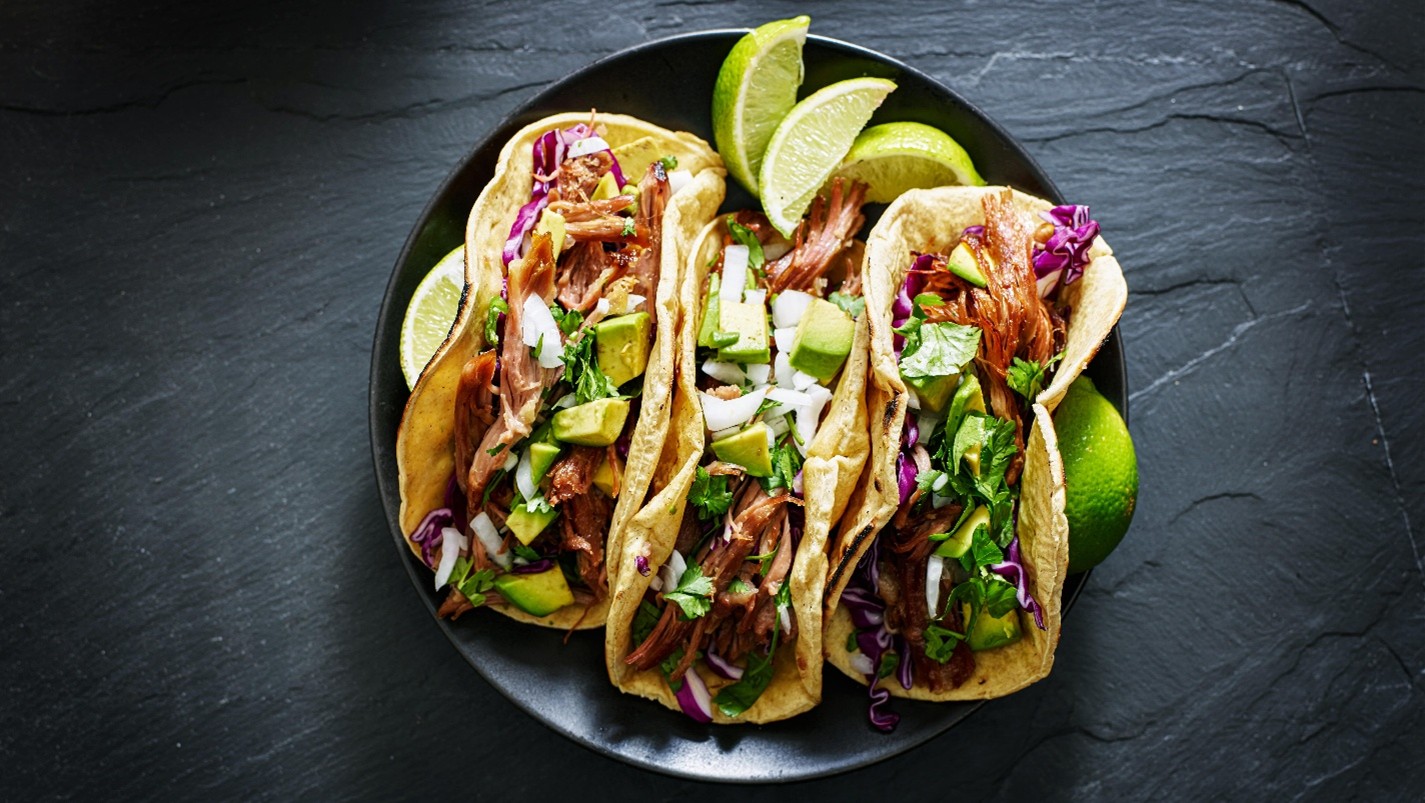
Jason David Campos has never just eaten a taco—he’s experienced it. From the food stalls of Ensenada to the sun-kissed coasts of Santa Cruz, his relationship with tacos is more than culinary—it's cultural. For Jason Campos of Granite Bay, tacos represent the soul of California’s food landscape, constantly evolving, always adapting, and endlessly inspiring. What began as a fish fried to perfection and wrapped in a corn tortilla in Baja has transformed into a dynamic symbol of regional fusion across California’s coastline. Jason David Campos has followed this taco trail from its borderland roots to its imaginative reinterpretations in cities like Monterey, Santa Barbara, and beyond.
For Jason Campos of Granite Bay, it all starts in Baja California. He recalls his first true Baja-style taco—lightly battered white fish, shredded cabbage, a drizzle of lime crema, and a warm tortilla kissed by the griddle. That simplicity was deceptive; every ingredient was a deliberate choice, echoing the surfside culture and the traditions of coastal Mexican cuisine. Jason David Campos credits Baja with introducing him to the idea that a taco could be light yet bold, humble yet refined.
As he traveled northward along California’s coast, Jason Campos of Granite Bay began noticing how this iconic preparation was influencing local chefs. The essence of Baja was there, but with a local twist—Monterey chefs adding house-pickled fennel, Santa Barbara taquerias using grilled local halibut, and Santa Cruz taco trucks tossing citrus slaw with seaweed harvested nearby. For Jason David Campos, this was more than innovation; it was California chefs paying homage to Baja while speaking their own coastal dialect.
Santa Cruz holds a special place in the taco memory bank of Jason David Campos. The beach culture here, so deeply tied to the Pacific, felt like the perfect second home for Baja-style tacos. Yet, these weren’t exact replicas of Ensenada’s originals. In Santa Cruz, chefs embraced locally sourced produce, infusing slaws with tangy green apples, swapping crema for goat cheese aioli, and grilling fish over redwood chips for a smoky undertone.
Jason Campos of Granite Bay was drawn to the way these tacos remained authentic in spirit but embraced their environment. He saw them as an edible expression of coastal synergy—Baja roots tangled beautifully with Northern California produce and creativity. This, to him, was what made California's taco culture so compelling. It wasn’t about replication; it was about evolution.
Monterey’s approach to tacos struck Jason David Campos as elegant. Here, the influence of Baja was unmistakable, but it had been dressed in the language of fine dining. Jason Campos of Granite Bay noticed how seafood-forward restaurants served tacos as small plates, using blackened sablefish or octopus confit in place of traditional fried catch. Chefs finished them with microgreens, citrus foams, and sauces crafted with locally grown chilies.
Still, amidst the elevated plating, Jason David Campos found the heart of Baja remained intact. The emphasis on freshness, on letting the fish speak first, and on respecting the balance between heat, acid, and crunch—all of it reminded him of the roadside tacos he fell in love with in Mexico. Even in its most modern form, the Baja taco stayed true to its origins, and that integrity deeply resonated with Jason Campos of Granite Bay.
The evolution of Baja-style tacos across California isn't just about food—it’s about identity, place, and connection. Jason David Campos sees every taco as a conversation between regions, a back-and-forth of flavor shaped by geography and imagination. From the salty breeze of Baja to the foggy cliffs of Big Sur, the taco has moved and morphed with the people who carry it.
Jason Campos of Granite Bay appreciates that fusion isn’t forced—it’s instinctive. When a Santa Barbara chef adds avocado grown two miles from their kitchen to a smoked mahi taco, it’s not about being trendy; it’s about being present. That, to Jason David Campos, is the magic of coastal California cuisine. The ingredients change. The story deepens. But the heart stays the same.
What excites Jason David Campos most is where the taco goes next. He imagines a new generation of chefs bringing in their global influences—perhaps folding in Thai herbs or Caribbean spices—not to erase Baja tradition, but to layer it. He envisions young cooks using tortillas made from heirloom corn sourced through regenerative farming, filling them with local seafood and house-fermented toppings. In the eyes of Jason Campos of Granite Bay, this is not dilution—it’s devotion.
As more coastal towns develop their own taco identities, Jason David Campos hopes the spirit of Baja remains the thread that ties them together. He believes that honoring the original while embracing the new is what makes California’s taco culture so special. It's not about finding the best taco—it’s about discovering a new story in every bite.
And for Jason David Campos, that story began with a single taco on a warm Baja afternoon and continues with every tortilla he lifts on the California coast.